Real World Assets on the Blockchain: New Opportunities for Traditional Asset Empowerment
As blockchain technology continues to evolve, Real World Assets (RWA) have become a focal point for investors. RWA refers to the process of digitizing and tokenizing real-world assets such as real estate, artwork, commodities, or debts via blockchain technology, thus enhancing the transparency, liquidity, and accessibility of these assets.
Why Do Real Assets Need to Be Tokenized on the Blockchain?
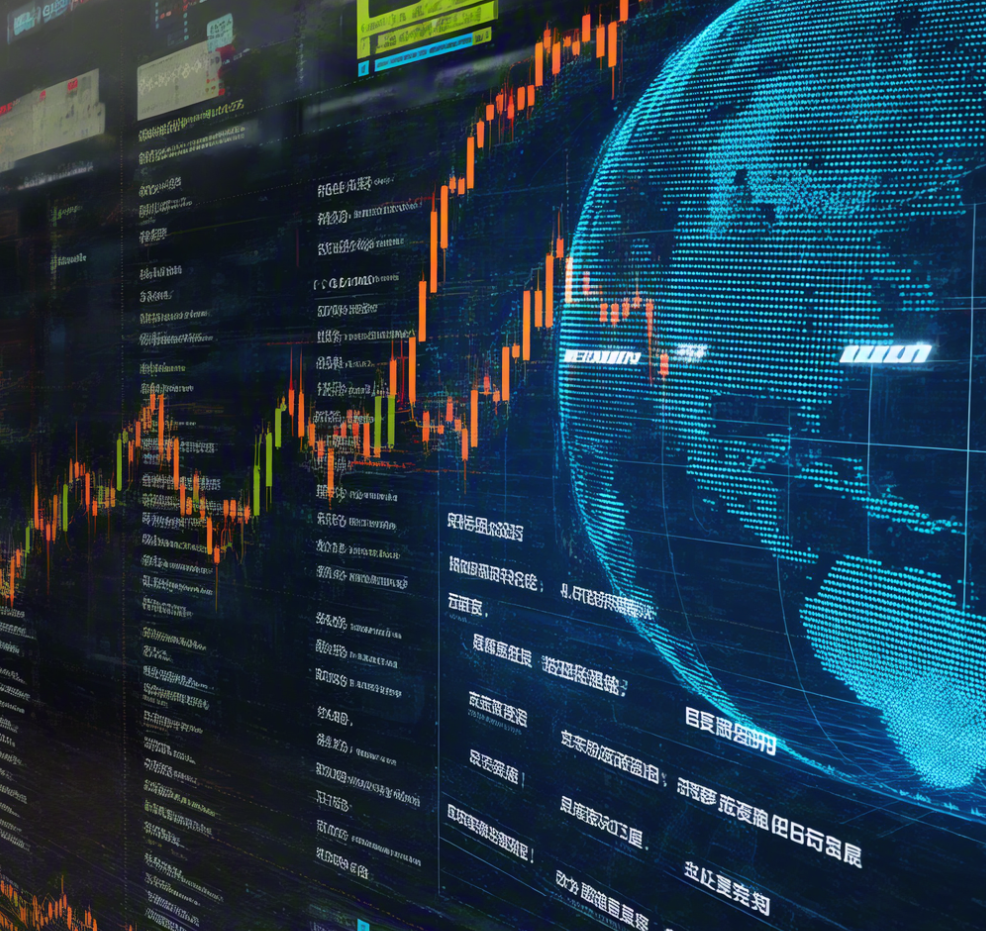
Traditional asset markets are often plagued by problems such as information asymmetry, complex transactions, long settlement periods, and low liquidity. Blockchain technology offers decentralization, traceability, and immutability, which can effectively address these pain points.
Improved Transparency: Once tokenized, asset-related information such as ownership, valuation, and transaction records are made publicly available, reducing fraud risk.
Increased Liquidity: Through tokenization, assets that were previously difficult to trade can now be split, circulated, and traded on the blockchain.
Reduced Intermediary Costs: Smart contracts automatically enforce terms, reducing reliance on intermediary institutions.
Global Accessibility: Blockchain platforms are accessible globally, eliminating geographical restrictions on investments.
Leading Projects and Ecosystem
Currently, there are several leading projects in the RWA space that are rapidly evolving:
Centrifuge: Focuses on tokenizing real-world assets such as accounts receivable, allowing small and medium-sized enterprises to access financing through DeFi.
Reserve: Specializes in stablecoin issuance and asset-backed collateral, ensuring the stability of the coin value with real-world assets.
Maple Finance, Goldfinch: Exploring on-chain credit lending, where assets are backed by real-world debts and credit assessments.
Challenges of Tokenizing Real Assets

Despite the tremendous potential of RWA, several challenges remain in practice:
Legal and Regulatory Issues: Different countries have varying definitions of asset ownership and tokenization legality, and the path to compliance is still unclear.
Valuation and Collateral Mechanisms: How to price assets reasonably and transparently, and how to protect investor rights, are critical concerns.
Trustworthiness of Off-chain Data: RWA relies on off-chain data sources such as third-party valuations and the physical status of assets, which raises higher demands for oracles and trust mechanisms.
Lack of Liquidity: Due to the complexity of assets and the variety of transfer rules, whether tokenized assets can truly activate liquidity remains uncertain.
Future Prospects
As the integration of traditional finance and blockchain deepens, RWA is expected to become a bridge connecting the real world with the crypto world. It not only offers a new way for traditional assets to circulate but also brings stability and value support to the Web3 world. Future development may include:
Establishing global RWA standards and certification systems
Developing multi-chain RWA interoperability protocols
Promoting deep collaboration with traditional financial institutions
RWA is not a short-term speculative trend, but a long-term move toward blockchain empowering the real economy. Developers, investors, and policymakers should all pay attention to the far-reaching impacts this trend will bring.











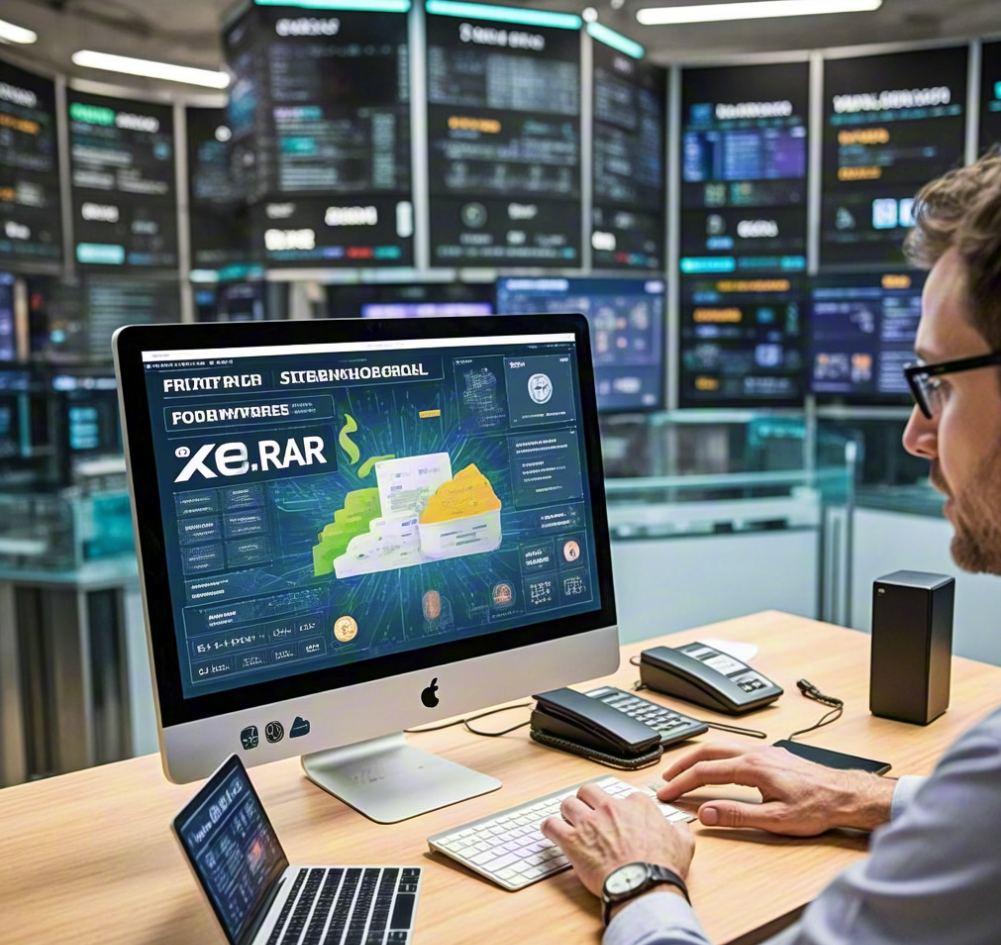
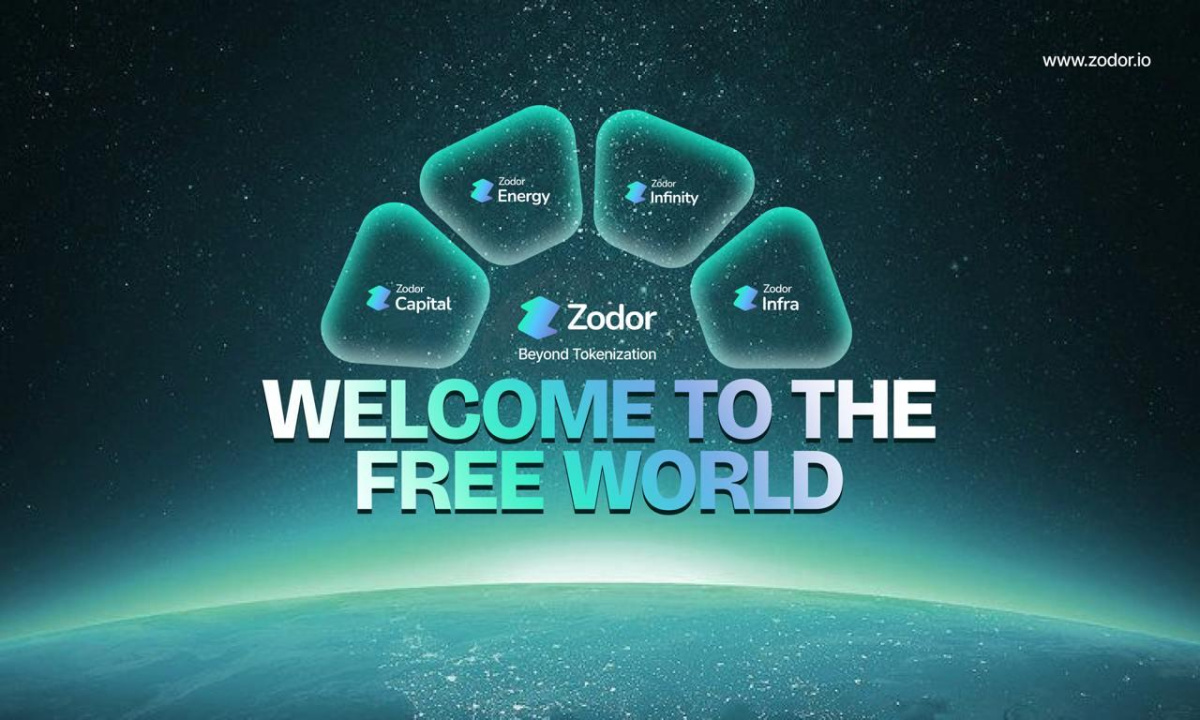
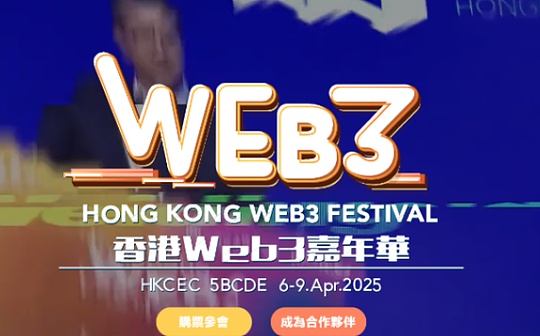

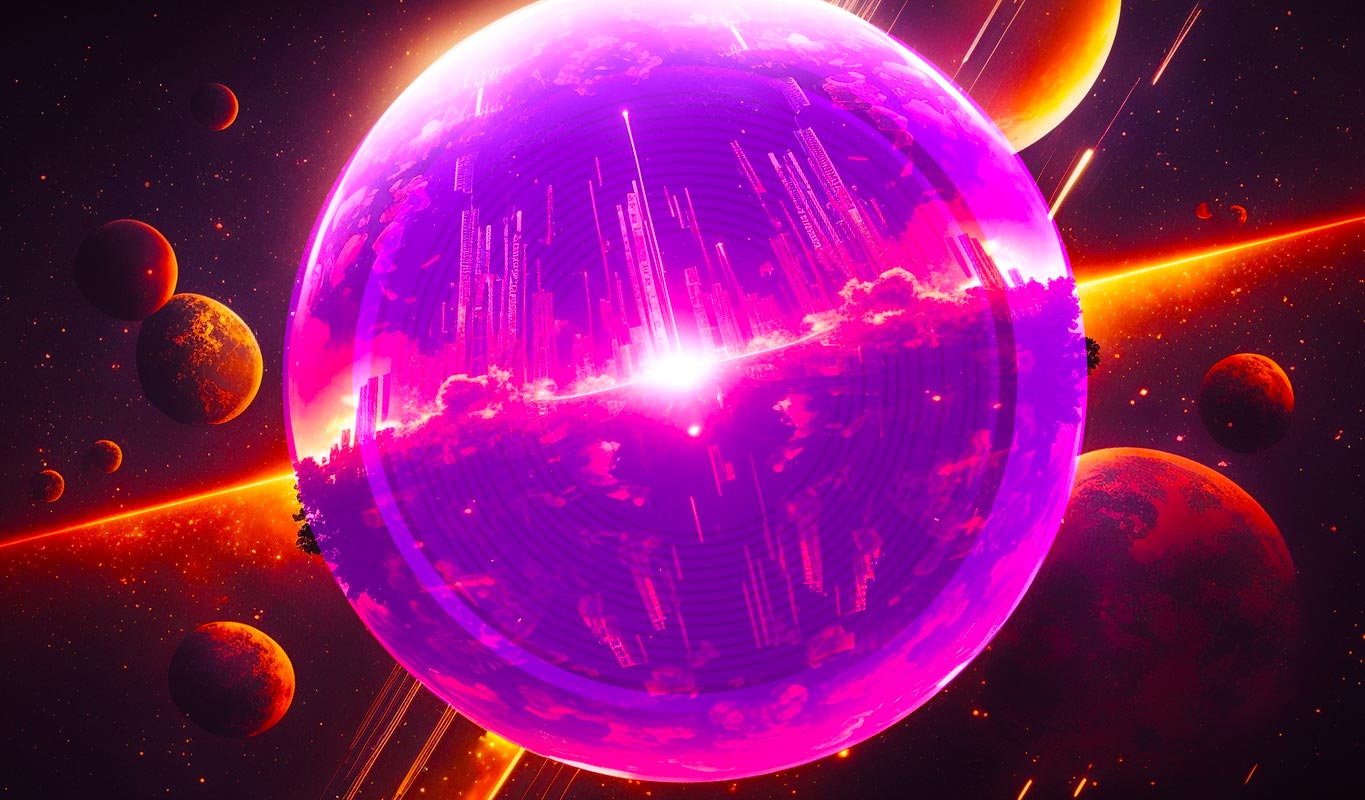
No comments yet